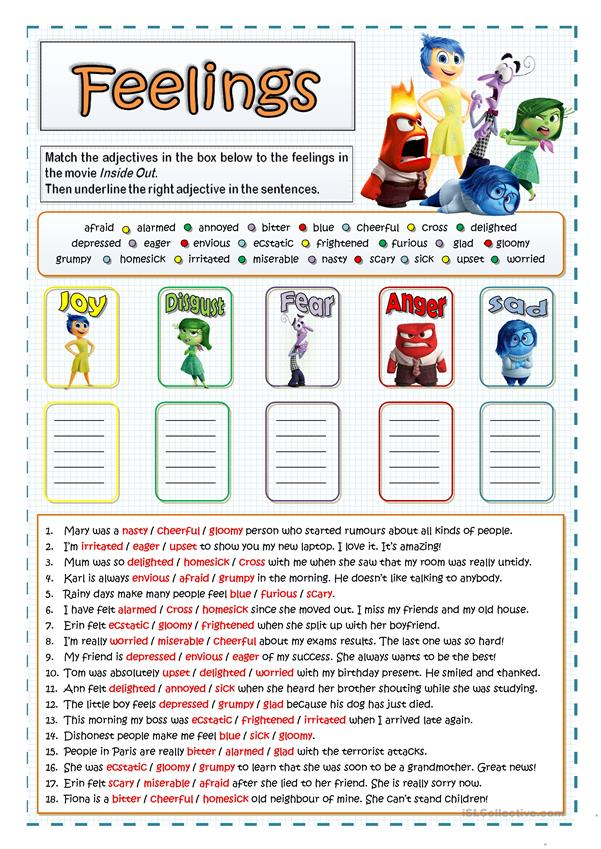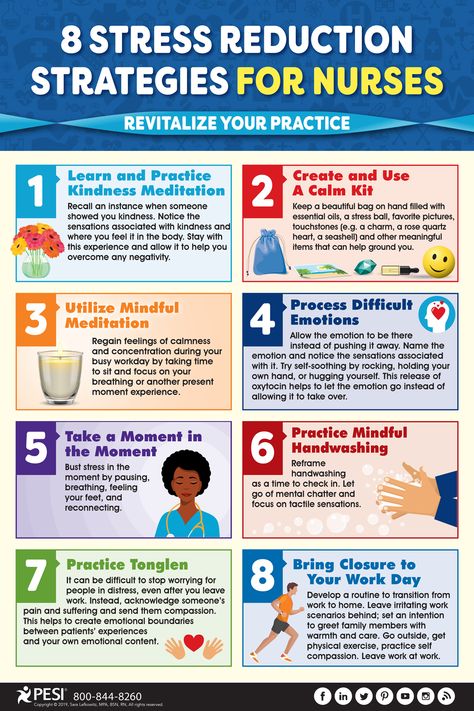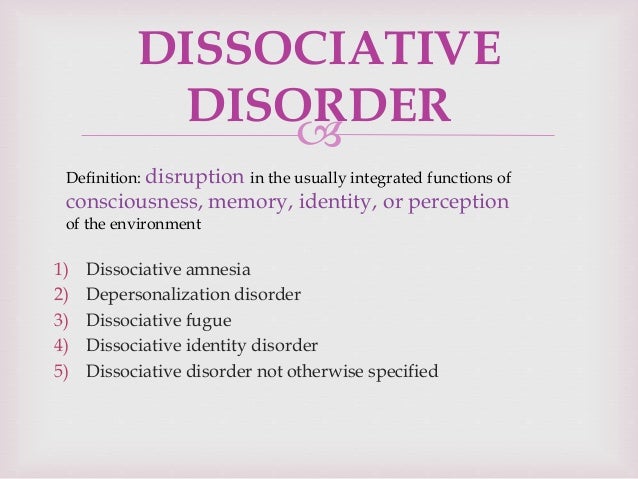Bpd and working
BPD in the workplace - Borderline in the ACT
Employers are often at a loss with how to deal with an employee who is diagnosed with BPD. Many employers and co-workers are not prepared to handle someone who displays BPD traits. But a workplace environment can actually provide someone with BPD a degree of much-needed stability and goal-orientation in their lives. Maintaining an understanding of BPD and it’s underlying psychological experiences can help managers, supervisors and co-workers to better handle a difficult employee.
Effects of BPD symptoms
An employee or coworker with BPD may be a good worker when not overwhelmed by their symptoms. However, the effects of BPD symptoms can vary with different workplace situations, affecting job performance and the ability to “fit in” with the work environment. Criticism by a co-worker or manager, professional detachment, or moodiness can trigger feelings of abandonment or rejection which can lead to inappropriate anger, intense emotions, self-harm, or other impulsive behaviours.
Due to the emotional reactivity of BPD, individuals with the disorder can create divisions in the workplace through their tendency to see people as all-good or all-bad as a coping strategy to avoid being abandoned or rejected. This concept is called “splitting” and individuals with BPD may play co-workers against each other, spread gossip or unload their stress and drama onto coworkers without realising of the effects of their actions in the workplace resulting in unstable personal relationships and dividing the workplace.
To see more interview footage on BPD and employment go to Borderliner Notes.
Another tendency of BPD traits, is a history of changing jobs due to unstable sense of identity and goals. The hypersensitivity to their surroundings may cause individuals with BPD to feel that others are humiliating them so working on a team project may induce competitive behaviour rather than cooperation because of the desire for recognition.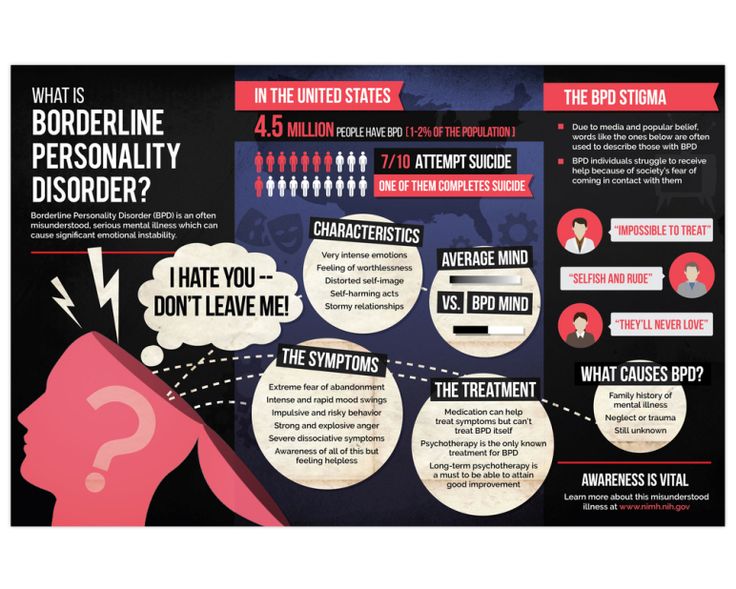
Helping an employee with BPD
As an employer, providing an employee with BPD as much consistency as possible is important to providing a stable environment. Try to value each employee’s quirks and personalities as potential strengths in the organisation rather than singling out specific behaviours and focus on expectations from all employees. Although there can sometimes be overt evidence of impulsive or disruptive behaviours, the issues usually manifest in more subtle ways.
Demonstrate validation of emotions and stay civil… Do not cross boundaries and try to document everything.
It can be a challenge interacting with individuals with BPD so it is essential to set limits clearly and stress proper workplace conduct, remind about completing assigned tasks and take consideration of coworker’s feelings. An explanation of the appropriate time and place for different interactions such as meetings, problems and complaints may be necessary. Also be prepared for protests and the possibility that the employee will be mad with you for unknown reasons. Keep in mind to prevent meetings deteriorating into arguments. Demonstrate validation of emotions and stay civil. You don’t necessarily want to validate an employee’s perspective, instead validate the feelings attached to this perspective – “I hear you” or “I understand the way you feel.” Do not cross boundaries and try to document everything.
Keep in mind to prevent meetings deteriorating into arguments. Demonstrate validation of emotions and stay civil. You don’t necessarily want to validate an employee’s perspective, instead validate the feelings attached to this perspective – “I hear you” or “I understand the way you feel.” Do not cross boundaries and try to document everything.
If efforts to manage an employee or coworker with BPD are ineffective, contact the Employee Assistance Program coordinator at your company to assist the individual. You can encourage the person with BPD that talking with someone through the Employee Assistance Program might be helpful in getting through a stressful period or dealing with an issue.
People with BPD live with difficult emotional experiences every day and may need professional BPD treatment to learn adaptive strategies in managing the symptoms that disrupt their productive work life. Be encouraging of the employee if they do seek proper treatment as you may be investing in an employee with great potential and establishing an open and healthy work environment.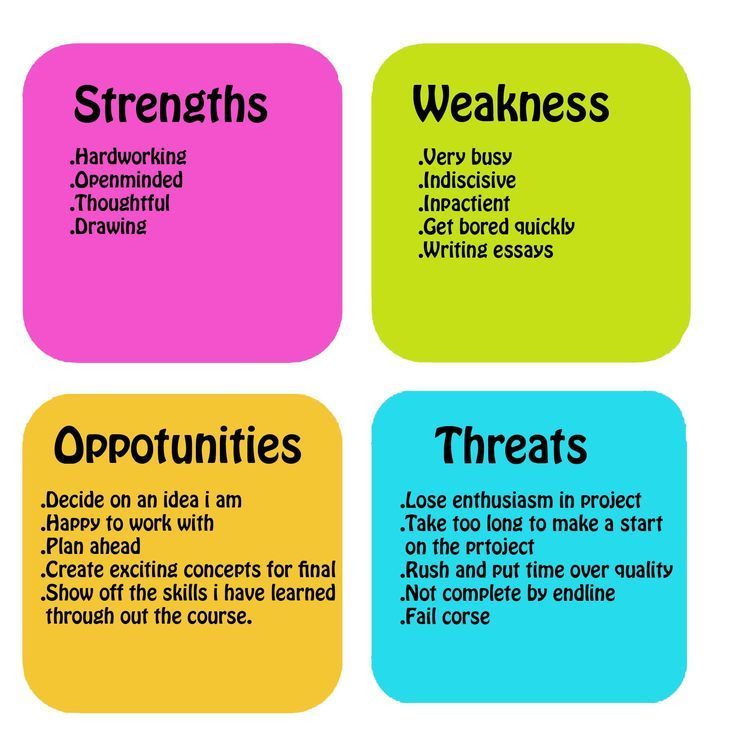
Beyondblue – Discussing mental health in the workplace
Accommodations for employees with BPD
Increasing your workplace’s confidence with mental health means a supportive, positive and inclusive environment that benefits everyone. Several accommodations can be provided by employers for individuals with BPD. Some of these accommodations are designed to support self-care, reduce work-related stress or to encourage positive interactions with coworkers and managers:
- Develop clear, written work procedures and enforce them fairly and equitably to all.
- Encourage attending counselling or psychotherapeutic appointments and allow flexible work scheduling to fit the appointments.
- Allow telephone calls or phone breaks during work hours to therapists and others for needed support.
- Consider a program that allows employees to work from home on some days.

- Allow employees to play soft, quiet relaxing music at their work spaces.
- Provide space enclosures or a private office.
- Offer appropriate praise and reinforcement for positive work interactions.
- Plan for blocks of uninterrupted work time.
- Provide an Employee Assistance Program and encourage use of it.
- Encourage use of breaks and holiday hours.
- Rearrange larger job tasks into smaller tasks.
- Make daily “TO-DO” lists and check items off as they are completed.
- Provide written checklists and instructions.
- Use several calendars to mark meetings and deadlines.
- Establish written long-term and short-term goals.
- Provide sensitivity training to coworkers and supervisors.
- Encourage all employees to move non-work related conversations out of work areas.
- Provide confidential weekly/monthly meetings with the employee to discuss workplace issues and performance.
- Use active listening skills when an employee discussed challenges in the workplace.
 Remember to validate employee’s emotions.
Remember to validate employee’s emotions.
Resources for supporting mental wellbeing in the workplace
Join Heads Up for free tools and resources in taking care of yourself, coworkers, managers and the organisation. Heads Up is a training and education program of beyondblue aimed to build awareness, understanding and strategies addressing mental health conditions in the workplace.
Download Mad Workplaces: A commonsense guide for workplaces about working alongside people with “mental illness”. Go to Our Consumer Place for more publications, articles and newsletters.
Access Work Talk, a self-paced online manual, to learn effective workplace communication and strategies with employees with psychiatric disability.
To make changes to your workplace for an employee with a disability, your costs may be covered by the Employment Assistance Fund.
Become a Mindful Employer to create a positive and supportive workplace, and help avoid the costs of no responding appropriately to mental health problems.
See the 2010 Workers with Mental Illness: a Practical Guide for Managers for information on how to appropriately support workers with mental illness and how to develop and promote a safe and health work environment for all workers.
Be recognised as a Mental Health First Aid Skilled Workplace by enrolling your organisation to a course near your workplace.
Enrol in SAFE at Work? workshop. This program is committed to the promotion of improved mental health practices and emotional wellbeing in the workplace and offers training workshops for employees, supervisors, managers and employers. Check out the training calendar for the next workshop near you.
Learn from Business in Mind a workplace mental health promotion program designed for small to medium enterprise owner/managers. The Business in Mind DVD and resource kit are free.
Sources
BPD at Work: Symptoms That Can Block “Fitting In”
BPD impacting employment
Dealing with BPD in an Employee or Coworker
How to Manage an Employee with Borderline Personality Disorder
Personality Disorders in the Workplace: The Impulsive, Divisive Employee
“SPLITTING” AT WORK: How High-Conflict People Divide Organizations
Understanding mental health in your workplace
Validation as a Key to Workplace Success for Employees with Borderline Personality Disorder
What are your rights and obligations around mental health in the workplace?
Winning in the Workplace With Borderline Personality Disorder
Barriers and facilitators to employment in borderline personality disorder: A qualitative study among patients, mental health practitioners and insurance physicians
1.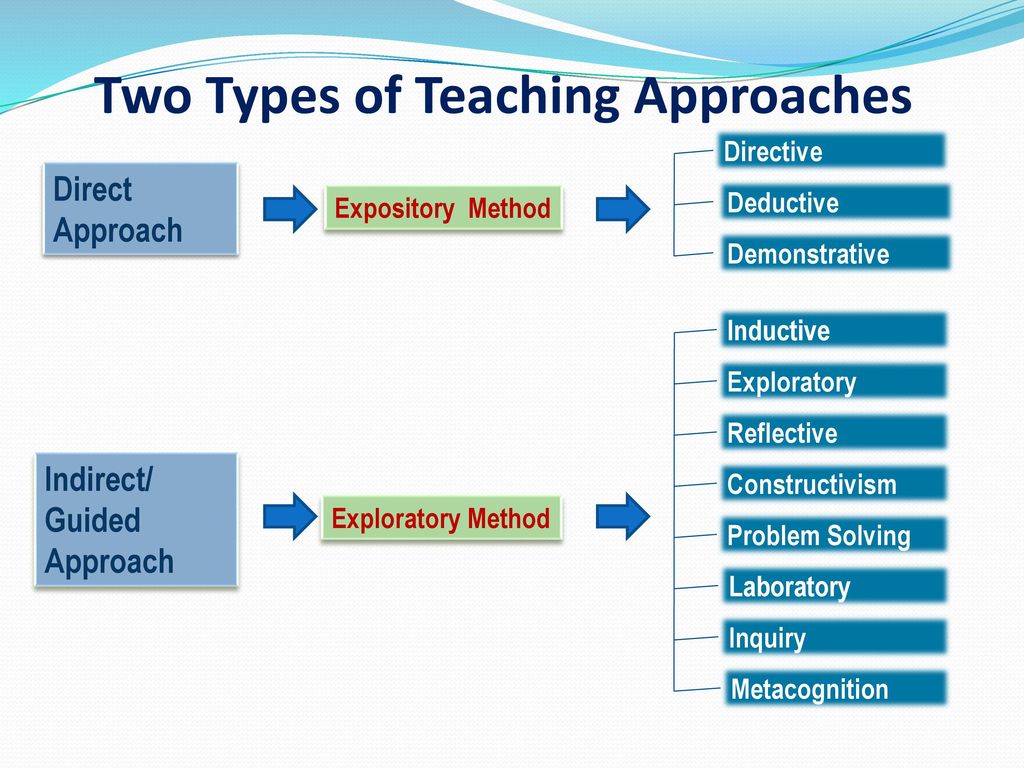 American Psychiatric Association. (2013) Diagnostic and statistical manual of mental disorders (5th ed.) Washington, DC: American Journal of Psychiatry; 10.1176/appi.books.9780890425596.744053 [CrossRef] [Google Scholar]
American Psychiatric Association. (2013) Diagnostic and statistical manual of mental disorders (5th ed.) Washington, DC: American Journal of Psychiatry; 10.1176/appi.books.9780890425596.744053 [CrossRef] [Google Scholar]
2. Samuels J, Eaton WW, Bienvenu OJ, Brown C, Costa PT Jr., Nestadt G. Prevalence and correlates of personality disorders in a community sample. Br J Psychiatry. 2002;180: 536–542. 10.1192/bjp.180.6.536 [PubMed] [CrossRef] [Google Scholar]
3. Coid J, Yang MIN, Tyrer P, Roberts A, Ullrich S. Prevalence and correlates of personality disorder in Great Britain. Br J Psychiatry. 2006;188: 423–431. 10.1192/bjp.188.5.423 [PubMed] [CrossRef] [Google Scholar]
4. Lenzenweger MF, Lane MC, Loranger AW, Kessler RC. DSM-IV Personality Disorders in the National Comorbidity Survey Replication. Biol Psychiatry. 2007;62: 553–564. 10.1016/j.biopsych.2006.09.019 [PMC free article] [PubMed] [CrossRef] [Google Scholar]
5. Paris J. Estimating the Prevalence of Personality Disorders in the Community. J Pers Disord. 2010;24 10.1521/pedi.2010.24.4.405 [PubMed] [CrossRef] [Google Scholar]
J Pers Disord. 2010;24 10.1521/pedi.2010.24.4.405 [PubMed] [CrossRef] [Google Scholar]
6. Leichsenring F., Leibing E., Kruse J., New A. S., Leweke F. Borderline Personality Disorder. Lancet. Elsevier Ltd; 2011;377: 74–84. 10.1016/S0140-6736(10)61422-5 [PubMed] [CrossRef] [Google Scholar]
7. Cruitt PJ, Boudreaux MJ, Jackson JJ, Oltmanns TF. Borderline Personality Pathology and Physical Health: The Role of Employment. Personal Disord Theory, Res Treat. 2016; 9 10.1037/per0000211 [PMC free article] [PubMed] [CrossRef] [Google Scholar]
8. Jovev M, Jackson HJ. The relationship of borderline personality disorder, life events and functioning in an Australian psychiatric sample. J Pers Disord. 2006;20: 205–217. 10.1521/pedi.2006.20.3.205 [PubMed] [CrossRef] [Google Scholar]
9. Skodol AE, Gunderson JG, McGlashan TH, Dyck IR, Stout RL, Bender DS, et al. Functional impairment in patients with schizotypal, borderline, avoidant, or obsessive-compulsive personality disorder.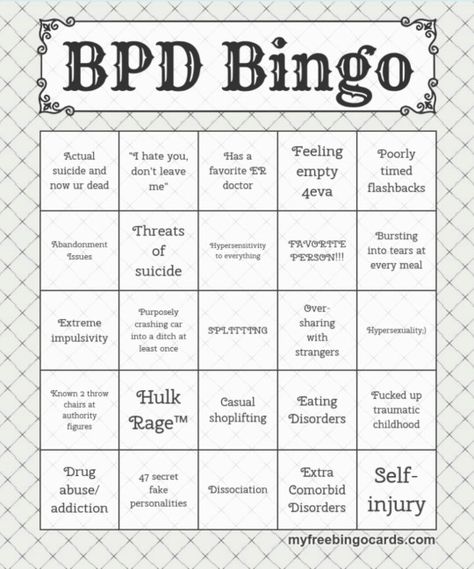 Am J Psychiatry. 2002;159: 276–83. 10.1176/appi.ajp.159.2.276 [PubMed] [CrossRef] [Google Scholar]
Am J Psychiatry. 2002;159: 276–83. 10.1176/appi.ajp.159.2.276 [PubMed] [CrossRef] [Google Scholar]
10. Hengartner MP, Müller M, Rodgers S, Rössler W, Ajdacic-Gross V. Occupational functioning and work impairment in association with personality disorder trait-scores. Soc Psychiatry Psychiatr Epidemiol. 2014;49: 327–335. 10.1007/s00127-013-0739-2 [PubMed] [CrossRef] [Google Scholar]
11. McGurk SR, Mueser KT, Mischel R, Adams R, Harvey PD, McClure MM, et al. Vocational functioning in schizotypal and paranoid personality disorders. Psychiatry Res. Elsevier; 2013;210: 498–504. 10.1016/j.psychres.2013.06.019 [PubMed] [CrossRef] [Google Scholar]
12. Zimmerman M, Martinez JH, Young D, Chelminski I, Dalrymple K. Sustained unemployment in psychiatric outpatients with bipolar depression compared to major depressive disorder with comorbid borderline personality disorder. Bipolar Disord. 2012;14: 856–862. 10.1111/bdi.12014 [PubMed] [CrossRef] [Google Scholar]
13. Katsakou C, Marougka S, Barnicot K, Savill M, White H, Lockwood K, et al.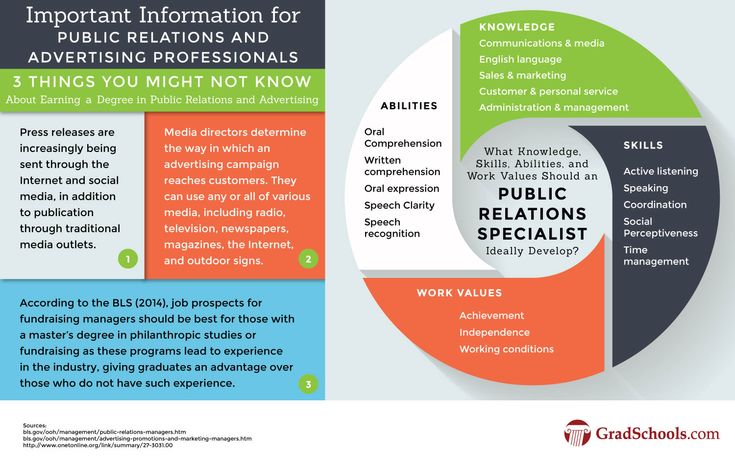 Recovery in borderline personality disorder (BPD): A qualitative study of service users’ perspectives. PLoS One. 2012;7: 1–8. 10.1371/journal.pone.0036517 [PMC free article] [PubMed] [CrossRef] [Google Scholar]
Recovery in borderline personality disorder (BPD): A qualitative study of service users’ perspectives. PLoS One. 2012;7: 1–8. 10.1371/journal.pone.0036517 [PMC free article] [PubMed] [CrossRef] [Google Scholar]
14. Alvarez-Jimenez M, Gleeson JF, Henry LP, Harrigan SM, Harris MG, Killackey E, et al. Road to full recovery: longitudinal relationship between symptomatic remission and psychosocial recovery in first-episode psychosis over 7.5 years. Psychol Med. 2012;42: 595–606. 10.1017/S0033291711001504 [PubMed] [CrossRef] [Google Scholar]
15. Amundsen Ostby K, Czajkowski N, Knudsen GP, Ystrom E, Gjerde LC, Kendler KS, et al. Personality disorders are important risk factors for disability pensioning. Soc Psychiatry Psychiatr Epidemiol. 2014;49: 2003–2011. 10.1007/s00127-014-0878-0 [PMC free article] [PubMed] [CrossRef] [Google Scholar]
16. Gunderson JG, Stour RL, McGlashan TH, Shea MT, Morey LC, Grilo CM, et al. Ten-Year Course of Borderline Personality Disorder. Arch Gen Psychiatry. 2011;68: 827 10.1001/archgenpsychiatry.2011.37 [PMC free article] [PubMed] [CrossRef] [Google Scholar]
2011;68: 827 10.1001/archgenpsychiatry.2011.37 [PMC free article] [PubMed] [CrossRef] [Google Scholar]
17. Knudsen AK, Skogen JC, Harvey SB, Stewart R, Hotopf M, Moran P. Personality disorders, common mental disorders and receipt of disability benefits: evidence from the British National Survey of Psychiatric Morbidity. Psychol Med. 2012;42: 2631–40. 10.1017/S0033291712000906 [PubMed] [CrossRef] [Google Scholar]
18. Korkeila J, Oksanen T, Virtanen M, Salo P, Nabi H, Pentti J, et al. Early retirement from work among employees with a diagnosis of personality disorder compared to anxiety and depressive disorders. Eur Psychiatry. 2011;26: 18–22. 10.1016/j.eurpsy.2009.12.022 [PubMed] [CrossRef] [Google Scholar]
19. Wagner T, Fydrich T, Stiglmayr C, Marschall P, Salize HJ, Renneberg B, et al. Societal cost-of-illness in patients with borderline personality disorder one year before, during and after dialectical behavior therapy in routine outpatient care. Behav Res Ther. Elsevier Ltd; 2014;61: 12–22. 10.1016/j.brat.2014.07.004 [PubMed] [CrossRef] [Google Scholar]
Elsevier Ltd; 2014;61: 12–22. 10.1016/j.brat.2014.07.004 [PubMed] [CrossRef] [Google Scholar]
20. Zanarini MC, Jacoby RJ, Frankenburg FR, Reich DB, Fitzmaurice G. The 10-year course of social security disability income reported by patients with borderline personality disorder and axis II comparison subjects. J Pers Disord. 2009;23: 346–356. 10.1521/pedi.2009.23.4.346 [PMC free article] [PubMed] [CrossRef] [Google Scholar]
21. Hoedeman R. OECD. Sick on the job? Myths and realities about mental health and work. OECD. 2012. 10.1007/s12498-012-0114-3 [CrossRef] [Google Scholar]
22. Burns T, Catty J, White S, Becker T, Koletsi M, Fioritti A, et al. The impact of supported employment and working on clinical and social functioning: Results of an international study of individual placement and support. Schizophr Bull. 2008;35: 949–958. 10.1093/schbul/sbn024 [PMC free article] [PubMed] [CrossRef] [Google Scholar]
23. Kinn LG, Holgersen H, Aas RW, Davidson L. “Balancing on Skates on the Icy Surface of Work”: A metasynthesis of work participation for persons with psychiatric disabilities.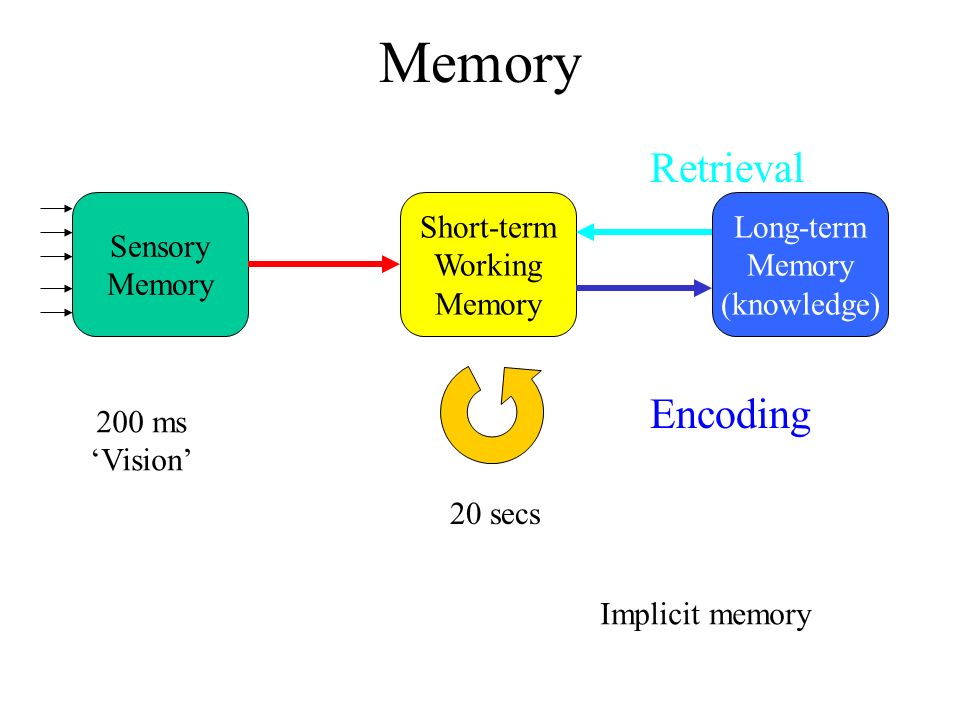 J Occup Rehabil. 2014;24: 125–138. 10.1007/s10926-013-9445-x [PubMed] [CrossRef] [Google Scholar]
J Occup Rehabil. 2014;24: 125–138. 10.1007/s10926-013-9445-x [PubMed] [CrossRef] [Google Scholar]
24. Koletsi M, Niersman A, van Busschbach JT, Catty J, Becker T, Burns T, et al. Working with mental health problems: Clients’ experiences of IPS, vocational rehabilitation and employment. Soc Psychiatry Psychiatr Epidemiol. 2009;44: 961–970. 10.1007/s00127-009-0017-5 [PubMed] [CrossRef] [Google Scholar]
25. Audhoe SS, Nieuwenhuijsen K, Hoving JL, Sluiter JK, Frings-Dresen MHW. Perspectives of unemployed workers with mental health problems: barriers to and solutions for return to work. Disabil Rehabil; 2016; 1–7. 10.1080/09638288.2016.1242170 [PubMed] [CrossRef] [Google Scholar]
26. Lammerts L, Schaafsma FG, van Mechelen W, Anema JR. Execution of a participatory supportive return to work program within the Dutch social security sector: a qualitative evaluation of stakeholders’ perceptions. BMC Public Health; 2016;16:323 10.1186/s12889-016-2997-x [PMC free article] [PubMed] [CrossRef] [Google Scholar]
27. Vukadin M, Schaafsma FG, Westerman MJ, Michon HWC, Anema JR. Experiences with the implementation of Individual Placement and Support for people with severe mental illness: A qualitative study among stakeholders. BMC Psychiatry; 2018;18: 145 10.1186/s12888-018-1729-4 [PMC free article] [PubMed] [CrossRef] [Google Scholar]
Vukadin M, Schaafsma FG, Westerman MJ, Michon HWC, Anema JR. Experiences with the implementation of Individual Placement and Support for people with severe mental illness: A qualitative study among stakeholders. BMC Psychiatry; 2018;18: 145 10.1186/s12888-018-1729-4 [PMC free article] [PubMed] [CrossRef] [Google Scholar]
28. Noel VA, Oulvey E, Drake RE, Bond GR, Elizabeth A, Deatley B. A Preliminary Evaluation of Individual Placement and Support for Youth with Developmental and Psychiatric Disabilities Developmental and Psychiatric Disabilities. J of Voc Rehab. 2018; 48;2 10.3233/JVR-180934 [CrossRef] [Google Scholar]
29. Brouwers EPM, Mathijssen J, Van Bortel T, Knifton L, Wahlbeck K, Van Audenhove C, et al. Discrimination in the workplace, reported by people with major depressive disorder: a cross-sectional study in 35 countries. BMJ Open. 2016;6: e009961 10.1136/bmjopen-2015-009961 [PMC free article] [PubMed] [CrossRef] [Google Scholar]
30. Alverson H, Carpenter E, Drake RE.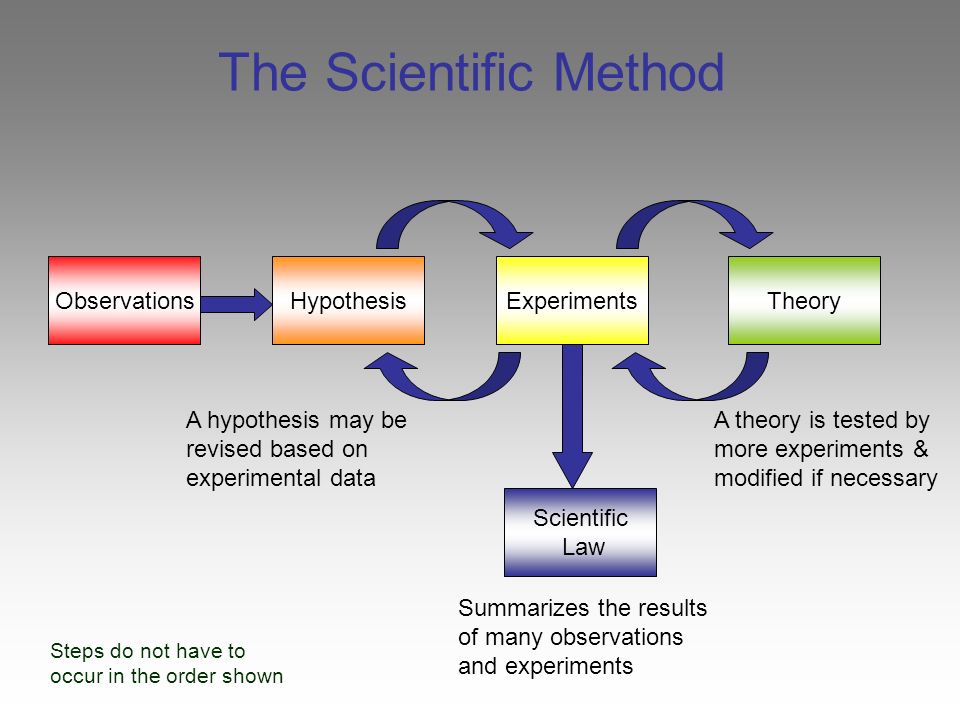 An ethnographic study of job seeking among people with severe mental illness. Psychiatr Rehabil J. 2006;30: 15–22. 10.2975/30.2006.15.22 [PubMed] [CrossRef] [Google Scholar]
An ethnographic study of job seeking among people with severe mental illness. Psychiatr Rehabil J. 2006;30: 15–22. 10.2975/30.2006.15.22 [PubMed] [CrossRef] [Google Scholar]
31. Becker D, Whitley R, Bailey EL, Drake RE. Long-term Employment Trajectories Among Participants with Severe Mental Illness in Supported Employment. Psychiatric Services; 2007;58:922–928. 10.1176/ps.2007.58.7.922 [PubMed] [CrossRef] [Google Scholar]
32. Kukla M, McGuire AB, Salyers MP. Barriers and Facilitators Related to Work Success for Veterans in Supported Employment: A Nationwide Provider Survey. Psychiatr Serv. 2015; 1–6. 10.1176/appi.ps.660102 [PubMed] [CrossRef] [Google Scholar]
33. Catty J, Lissouba P, White S, Becker T, Drake RE, Fioritti A, et al. Predictors of employment for people with severe mental illness: Results of an international six-centre randomised controlled trial. Br J Psychiatry. 2008;192: 224–231. 10.1192/bjp.bp.107.041475 [PubMed] [CrossRef] [Google Scholar]
34. Sansone RA, Sansone LA. The interface: Employment in Borderline Personality Disorder. Innov Clin Neurosci. 2012;9: 25–29. [PMC free article] [PubMed] [Google Scholar]
Sansone RA, Sansone LA. The interface: Employment in Borderline Personality Disorder. Innov Clin Neurosci. 2012;9: 25–29. [PMC free article] [PubMed] [Google Scholar]
35. Sio IT, Chanen AM, Killackey EJ, Gleeson J. The relationship between impulsivity and vocational outcome in outpatient youth with borderline personality features. Early Interv Psychiatry. 2011;5: 249–253. 10.1111/j.1751-7893.2011.00271.x [PubMed] [CrossRef] [Google Scholar]
36. Catthoor K, Feenstra DJ, Hutsebaut J, Schrijvers D, Sabbe B. Adolescents with personality disorders suffer from severe psychiatric stigma: evidence from a sample of 131 patients. Adolesc Health Med Ther. 2015;6: 81–9. 10.2147/AHMT.S76916 [PMC free article] [PubMed] [CrossRef] [Google Scholar]
37. Sheehan L, Nieweglowski K, Corrigan P. The Stigma of Personality Disorders. Curr Psychiatry Rep. 2016;18: 1–7. 10.1007/s11920-015-0646-1 [PubMed] [CrossRef] [Google Scholar]
38. Aviram RB, Brodsky BS, Stanley B. Borderline Personality Disorder, Stigma, and Treatment Implications.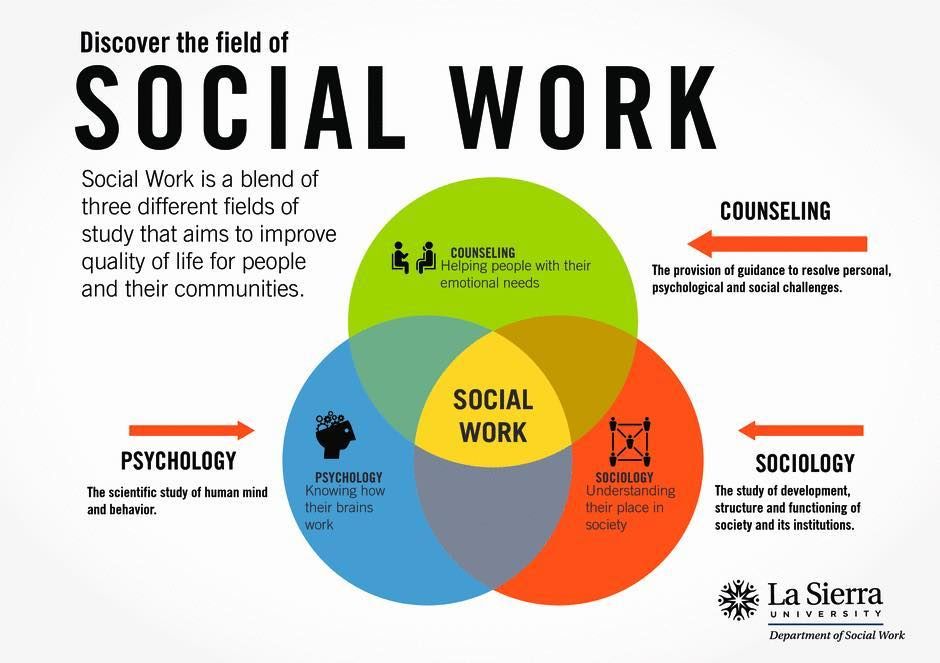 Harv Rev Psychiatry. 2006;14: 249–256. 10.1080/10673220600975121 [PubMed] [CrossRef] [Google Scholar]
Harv Rev Psychiatry. 2006;14: 249–256. 10.1080/10673220600975121 [PubMed] [CrossRef] [Google Scholar]
39. Bodner E, Cohen-Fridel S, Mashiah M, Segal M, Grinshpoon A, Fischel T, et al. The attitudes of psychiatric hospital staff toward hospitalization and treatment of patients with borderline personality disorder. BMC Psychiatry. 2015;15: 2 10.1186/s12888-014-0380-y [PMC free article] [PubMed] [CrossRef] [Google Scholar]
40. Dickens GL, Hallett N, Lamont E. Interventions to improve mental health nurses' skills attitudes, and knowledge related to people with a diagnosis of borderline personality disorder: systematic review. Int J of Nursing Studies. 2016;114–127. 10.1016/j.ijnurstu.2015.10.019 [PubMed] [CrossRef] [Google Scholar]
41. Lugtenberg M, van Beurden KM, Brouwers EPM, Terluin B, van Weeghel J, van der Klink JJL, et al. Occupational physicians’ perceived barriers and suggested solutions to improve adherence to a guideline on mental health problems: analysis of a peer group training. BMC Health Serv Res. BMC Health Services Research; 2016;16: 271–282. 10.1186/s12913-016-1530-3 [PMC free article] [PubMed] [CrossRef] [Google Scholar]
BMC Health Serv Res. BMC Health Services Research; 2016;16: 271–282. 10.1186/s12913-016-1530-3 [PMC free article] [PubMed] [CrossRef] [Google Scholar]
42. van Rooijen S, van Weeghel J. Jaarboek Psychiatrische Rehabilitatie 2011–2012. 1st ed Amsterdam: SWP Uitgeverij BV; 2010. [Google Scholar]
43. Drukker M, Maarschalkerweerd M, Bak M, Driessen G, à Campo J, de Bie A, et al. A real-life observational study of the effectiveness of FACT in a Dutch mental health region. BMC Psychiatry. 2008;8: 93 10.1186/1471-244X-8-93 [PMC free article] [PubMed] [CrossRef] [Google Scholar]
44. Green J, Thorogood N. Qualitative Methods for Health Research. Introducing qualitative methods. 2014. 10.1177/1049732305285708 [CrossRef] [Google Scholar]
45. Brouwers E. Stigma op psychische problemen is een barrière voor arbeidsparticipatie. Tijdschr voor Bedrijfs- en Verzek. 2016;24: 155–157. [Google Scholar]
46. Sevak P, Khan S. Psychiatric Versus Physical Disabilities: A Comparison of Barriers and Facilitators to Employment.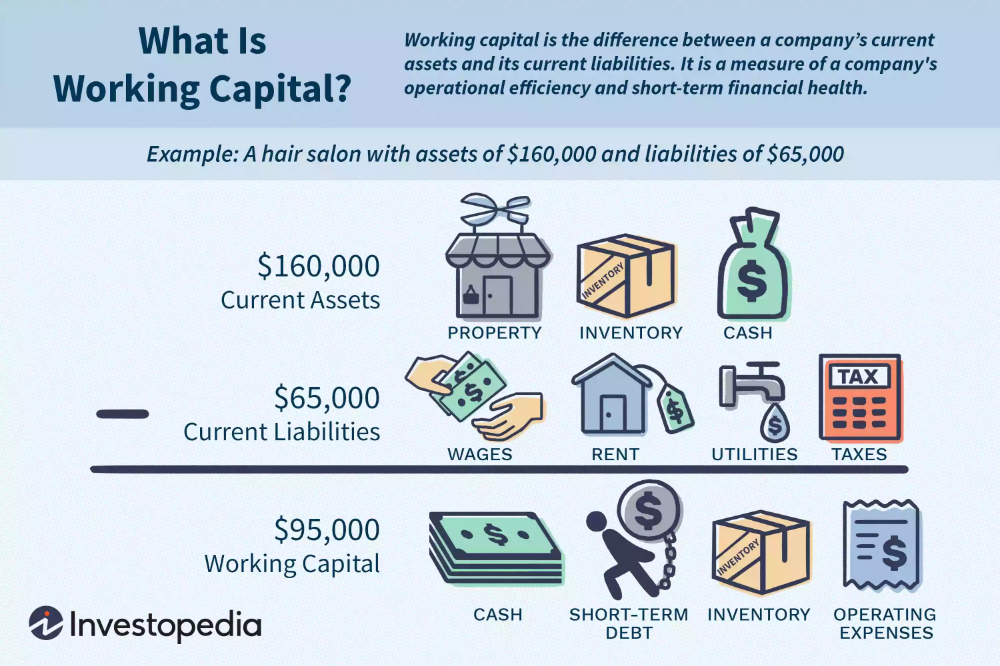 Psychiatr Rehabil J. 2016. 10.1037/prj0000236 [PubMed] [CrossRef] [Google Scholar]
Psychiatr Rehabil J. 2016. 10.1037/prj0000236 [PubMed] [CrossRef] [Google Scholar]
47. Schuppert HM, Giesen-Bloo J, Van Gemert TG, Wiersema HM, Minderaa RB, Emmelkamp PMG, et al. Effectiveness of an emotion regulation group training for adolescents—A randomized controlled pilot study. Clin Psychol Psychother. 2009;16: 467–478. 10.1002/cpp.637 [PubMed] [CrossRef] [Google Scholar]
48. Harari H, Shamay-Tsoory SG, Ravid M, Levkovitz Y. Double dissociation between cognitive and affective empathy in borderline personality disorder. Psychiatry Res. Elsevier Ireland Ltd; 2010;175: 277–279. 10.1016/j.psychres.2009.03.002 [PubMed] [CrossRef] [Google Scholar]
49. Mier D, Lis S, Esslinger C, Sauer C, Hagenhoff M, Ulferts J, et al. Neuronal correlates of social cognition in borderline personality disorder. Soc Cogn Affect Neurosci. 2013;8: 531–537. 10.1093/scan/nss028 [PMC free article] [PubMed] [CrossRef] [Google Scholar]
50. Lazarus SA, Cheavens JS, Festa F, Zachary Rosenthal M. Interpersonal functioning in borderline personality disorder: A systematic review of behavioral and laboratory-based assessments. Clin Psychol Rev. Elsevier Ltd; 2014;34: 193–205. 10.1016/j.cpr.2014.01.007 [PubMed] [CrossRef] [Google Scholar]
Interpersonal functioning in borderline personality disorder: A systematic review of behavioral and laboratory-based assessments. Clin Psychol Rev. Elsevier Ltd; 2014;34: 193–205. 10.1016/j.cpr.2014.01.007 [PubMed] [CrossRef] [Google Scholar]
51. Bateman AW, Gunderson J, Mulder R. Treatment of personality disorder. Lancet. Elsevier Ltd; 2015;385: 735–743. 10.1016/S0140-6736(14)61394-5 [PubMed] [CrossRef] [Google Scholar]
52. Tyrer P, Reed GM, Crawford MJ. Classification, assessment, prevalence, and effect of personality disorder. Lancet. 2015;385: 717–726. 10.1016/S0140-6736(14)61995-4 [PubMed] [CrossRef] [Google Scholar]
53. Horn N, Johnstone L, Brooke S. Some service user perspectives on the diagnosis of Borderline Personality Disorder. J Ment Heal. 2007;16: 255–269. 10.1080/09638230601056371 [CrossRef] [Google Scholar]
54. Nehls N. Borderline personality disorder: The voice of patients. Res Nurs Heal. 1999;22: 285–293. 10.1002/(SICI)1098-240X(199908)22:4<285::AID-NUR3>3. 0.CO;2-R [PubMed] [CrossRef] [Google Scholar]
0.CO;2-R [PubMed] [CrossRef] [Google Scholar]
55. Pogoda TK, Cramer IE, Rosenheck RA, Resnick SG. Qualitative analysis of barriers to implementation of supported employment in the Department of Veterans Affairs. Psychiatr Serv. 2011;62: 1289–1295. 10.1176/ps.62.11.pss6211_1289 [PubMed] [CrossRef] [Google Scholar]
56. Swanson S, Burson K, Harper J, Johnson B, Litvak J, McDowell M, et al. Implementation issues for IPS supported employment: Stakeholders share their strategies. Am J Psychiatr Rehabil. 2011;14: 165–180. 10.1080/15487768.2011.598099 [CrossRef] [Google Scholar]
57. Bungert M, Liebke L, Thome J, Haeussler K, Bohus M, Lis S. Rejection sensitivity and symptom severity in patients with borderline personality disorder: effects of childhood maltreatment and self-esteem. Borderline Personal Disord Emot dysregulation. Borderline Personality Disorder and Emotion Dysregulation; 2015;2: 13 10.1186/s40479-015-0034-9 [PMC free article] [PubMed] [CrossRef] [Google Scholar]
58. Corrigan P. On the Self-Stigma of Mental Illness: Stages, Disclosure, and Strategies for Change. Can J Psychiatry. 2012;57: 464–469. 10.1177/070674371205700804 [PMC free article] [PubMed] [CrossRef] [Google Scholar]
59. Corrigan PW, Rüsch N, Scior K. Adapting Disclosure Programs to Reduce the Stigma of Mental Illness. Psychiatr Serv. 2018;69: 826–828. 10.1176/appi.ps.201700478 [PubMed] [CrossRef] [Google Scholar]
60. Allott KA, Turner LR, Chinnery GL, Killackey EJ, Nuechterlein KH. Managing disclosure following recent-onset psychosis: Utilizing the Individual Placement and Support model. Early Interv Psychiatry. 2013;7: 338–344. 10.1111/eip.12030 [PubMed] [CrossRef] [Google Scholar]
61. Goldberg SG, Killeen MB, O’Day B. The disclosure conundrum: How people with psychiatric disabilities navigate employment. Psychol Public Policy, Law. 2005;11: 463–500. 10.1037/1076-8971.11.3.463 [CrossRef] [Google Scholar]
62. Reddy LF, Llerena K, Kern RS. Predictors of employment in schizophrenia: The importance of intrinsic and extrinsic motivation.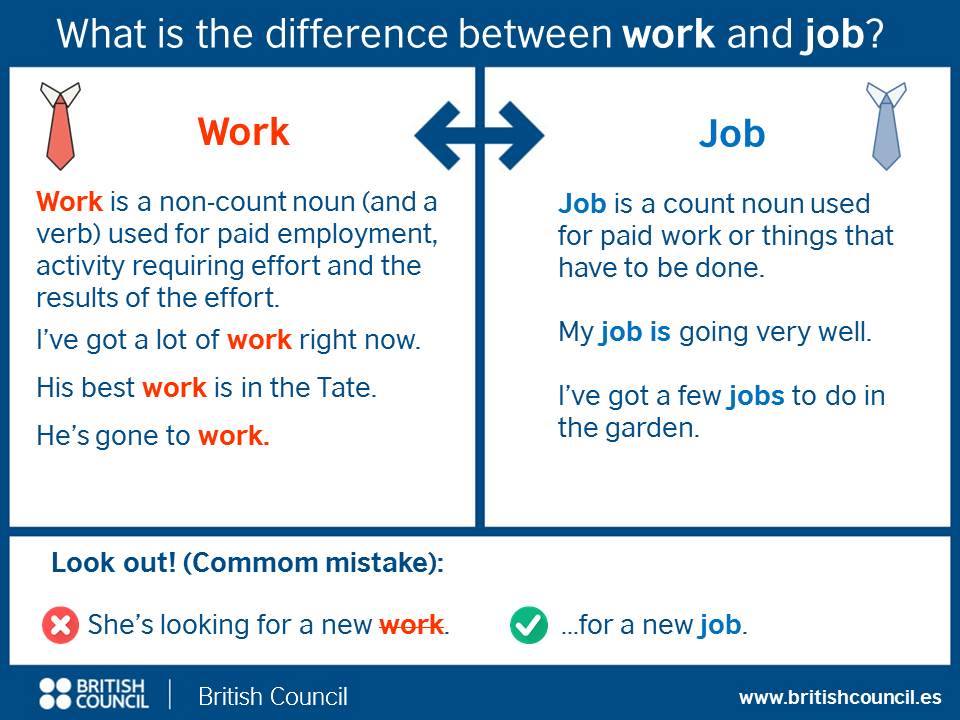 Schizophr Res. Elsevier B.V.; 2016;176: 462–466. 10.1016/j.schres.2016.08.006 [PubMed] [CrossRef] [Google Scholar]
Schizophr Res. Elsevier B.V.; 2016;176: 462–466. 10.1016/j.schres.2016.08.006 [PubMed] [CrossRef] [Google Scholar]
63. Becker DR, Swanson SJ, Reese SL, Bond GR, Bethany M. Supported Employment Review Manual. 3rd ed Dartmouth Psychiatric Research Center; 2015. [Google Scholar]
64. Noel VA, Oulvey E, Drake RE, Bond GR, Carpenter-Song EA, Deatley B. A preliminary evaluation of individual placement and support for youth with developmental and psychiatric disabilities. J Vocat Rehabil. 2018;48: 249–255. 10.3233/JVR-180934 [CrossRef] [Google Scholar]
65. Drake RE, Bond GR. IPS Support Employment: a 20-year Update. Am J Psychiatr Rehabil. 2011;14: 155–164. 10.1080/15487768.2011.598090 [CrossRef] [Google Scholar]
66. Becker D, Drake R, Bond G. Benchmark Outcomes in Supported Employment. Am J Psychiatr Rehabil. 2011;14: 230–236. 10.1080/15487768.2011.598083 [CrossRef] [Google Scholar]
67. Bond GR, Kim SJ, Becker DR, Swanson SJ, Drake RE, Krzos IM, et al. A Controlled Trial of Supported Employment for People With Severe Mental Illness and Justice Involvement. Psychiatr Serv. 2015;66: 1027–1034. 10.1176/appi.ps.201400510 [PubMed] [CrossRef] [Google Scholar]
Psychiatr Serv. 2015;66: 1027–1034. 10.1176/appi.ps.201400510 [PubMed] [CrossRef] [Google Scholar]
68. Burns T, Catty J, Becker T, Drake RE, Fioritti A, Knapp M, et al. The effectiveness of supported employment for people with severe mental illness: a randomised controlled trial. Lancet. 2007;370: 1146–1152. 10.1016/S0140-6736(07)61516-5 [PubMed] [CrossRef] [Google Scholar]
69. Bond GR, Drake RE, Pogue JA. Expanding Individual Placement and Support to Populations With Conditions and Disorders Other Than Serious Mental Illness. Psychiatr Serv. 2019. 10.1176/appi.ps.201800464 [PubMed] [CrossRef] [Google Scholar]
70. Coid J., Yang M., Beppington P., Moran P., Brugha T., Jenkins R., Farrell M., Singleton N. Borderline personality disorder: health service use and social functioning among a national household population. Psychol Med. 2009;39: 1721–1731. 10.1017/S0033291708004911 [PubMed] [CrossRef] [Google Scholar]
71. Tyrer P. Personality disorder and public mental health. Clin Med (Northfield Il). 2008;8: 423–427. 10.7861/clinmedicine.8-4-423 [PMC free article] [PubMed] [CrossRef] [Google Scholar]
Clin Med (Northfield Il). 2008;8: 423–427. 10.7861/clinmedicine.8-4-423 [PMC free article] [PubMed] [CrossRef] [Google Scholar]
72. Yang M, Coid J, Tyrer P. Personality pathology recorded by severity: National survey. Br J Psychiatry. 2010;197: 193–199. 10.1192/bjp.bp.110.078956 [PubMed] [CrossRef] [Google Scholar]
73. Sveinsdottir V, Løvvik C, Fyhn T, Monstad K, Ludvigsen K, Øverland S, et al. Protocol for the effect evaluation of Individual Placement and Support (IPS): a randomized controlled multicenter trial of IPS versus treatment as usual for patients with moderate to severe mental illness in Norway. BMC Psychiatry. 2014;14: 307 10.1186/s12888-014-0307-7 [PMC free article] [PubMed] [CrossRef] [Google Scholar]
74. Burns T, Catty J, Becker T, Drake RE, Fioritti A, Knapp M, et al. The effectiveness of supported employment for people with severe mental illness: a randomised controlled trial. Lancet (London, England). 2007;370: 1146–52. 10.1016/S0140-6736(07)61516-5 [PubMed] [CrossRef] [Google Scholar]
75. Tsang HWH. Supported employment versus traditional vocational rehabilitation for individuals with severe mental illness: a three-year study. Hong Kong Med J. 2011;17 Suppl 2: 13. [PubMed] [Google Scholar]
Tsang HWH. Supported employment versus traditional vocational rehabilitation for individuals with severe mental illness: a three-year study. Hong Kong Med J. 2011;17 Suppl 2: 13. [PubMed] [Google Scholar]
76. Michon H, van Busschbach JT, Stant a D, van Vugt MD, van Weeghel J, Kroon H. Effectiveness of individual placement and support for people with severe mental illness in The Netherlands: a 30-month randomized controlled trial. Psychiatr Rehabil J. 2014;37: 129–36. 10.1037/prj0000061 [PubMed] [CrossRef] [Google Scholar]
404 Not Found – TRANSPORT CONSULTING LLC
Oops..., I cannot find the page you are looking for, sorry... ( Error 404 )
Let me help you find this:
- Search for it:
Search for:
- If you typed in a URL... check the spelling and try reloading the page.
- Start over again with the Home page.

SUBSCRIBE, it's free!
and Stay up to date with new articles
TO THE NEWSLETTER
Close
Responsible for traffic safety!
Do not miss
You will always be the first to know about changes in laws, interesting articles and ready-made road safety solutions
Keep me posted
SUBSCRIBE, it's free!
Be the first to know about changes in laws, interesting articles and ready-made solutions to ensure UBI
TO THE NEWSLETTER
Close
QUESTIONNAIRE
Join the team of professionals
SEND
We are against spam. Everything is confidential.
404 Not Found – TRANSPORT CONSULTING LLC
Oops..., I cannot find the page you are looking for, sorry... ( Error 404 )
Let me help you find this:
- Search for it:
Search for:
- If you typed in a URL.




